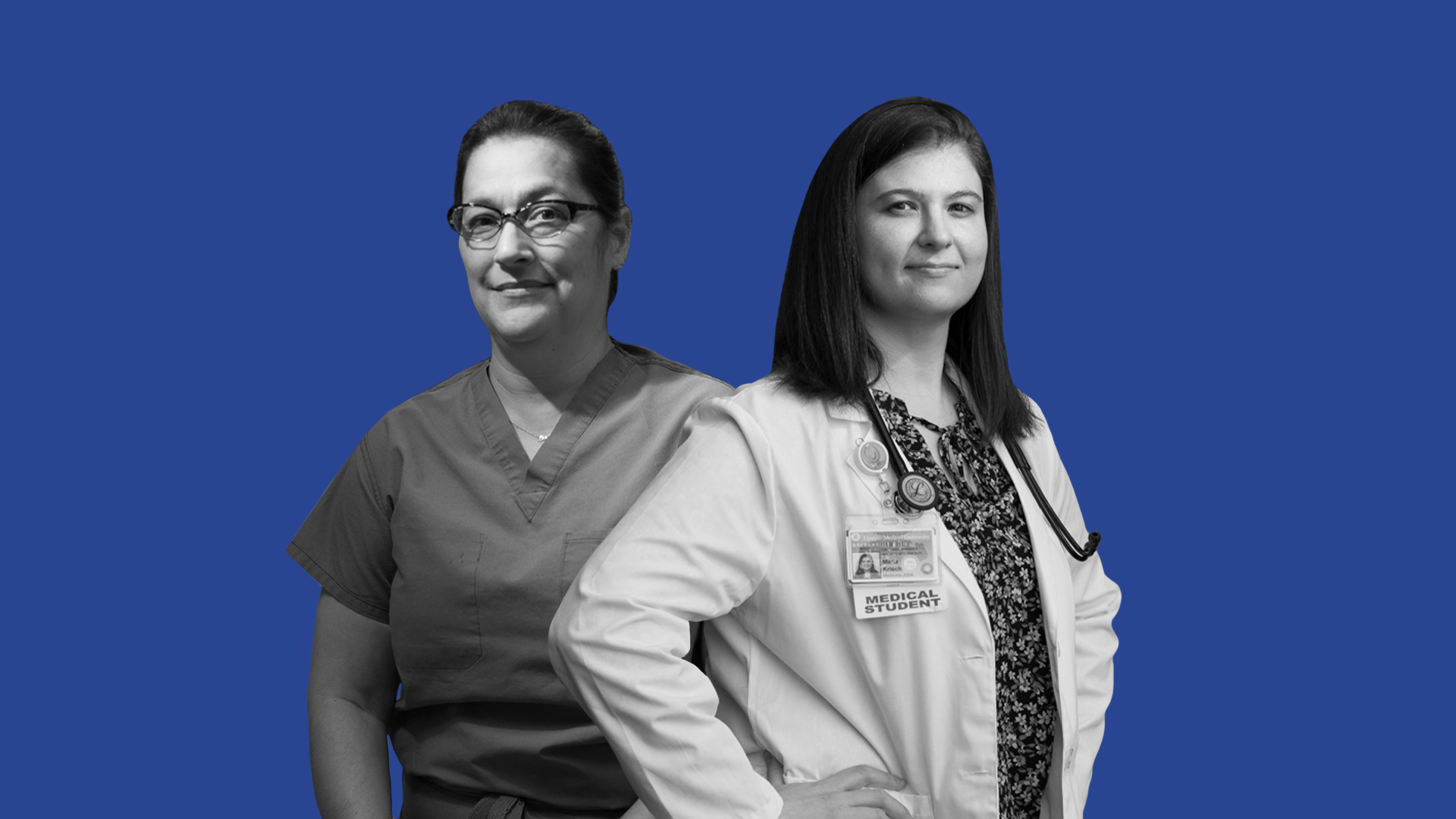Women Healing Women
Women Healing Women
Women patients and doctors still suffer from a male-dominated system. But the medical field has made huge strides toward gender equality since America's first women doctor received her degree in Syracuse.
Mary Donaldson had “cancer of the womb,” known today as uterine cancer, a misunderstood condition in the 19th century that doctors treated with painful, experimental, and ineffective surgeries.
Donaldson’s close friend Elizabeth Blackwell witnessed the way doctors treated her. She couldn’t help but think Donaldson would live longer and with less pain if she had a woman physician, someone who understood women’s medical needs.
But there were no women medical doctors. Blackwell became the first, earning her medical degree in Syracuse in 1849 after her dying friend encouraged her to become a doctor. Donaldson told Blackwell that she had all the qualities a woman needed from a physician.
That plea led Blackwell to Geneva Medical College — known today as Syracuse’s SUNY Upstate Medical University. More than 70 years before women would win the right to vote, Blackwell graduated first from her class and blazed a trail for other women to follow for generations to come.
Nearly 123 years after Blackwell graduated, the U.S. outlawed sex discrimination in colleges, including medical colleges, with the passage of Title IX in 1972. The law has reshaped the medical field.
After Blackwell broke the barrier in the mid-1800s, women started entering the field, but were still a distinct minority. Women made up 5.5% of doctors in America by the end of the 19th century. In 1974, about 22.4% of new medical school students were women. Today, women are cascading through the medical field. In 2020, women accounted for the majority of students in American medical schools, according to the Association of American Medical Colleges.
Medical Schools Majority
Women made up more than half of U.S. medical school applicants, matriculants and enrolled students in 2020.
The numbers speak to the social change brought by generations of women’s rights and civil rights movements, as well as to the power of Title IX, which solidifies the gains of those movements into law. But these numbers fail to show the discrimination women still face in the medical field.
Stephanie Dance-Barnes grew up loving science. She became the first Black woman to receive a doctorate degree in cancer biology and toxicology after graduating from Wake Forest University School of Medicine in 2007. She became dean of DePaul University’s College of Science and Health, where she works to ensure there are more women in science classrooms and that they get the resources to succeed.
It wasn’t an easy path. In her doctorate program, Dance-Barnes’ advisor overlooked her potential because she said she also wanted a family.
“There’s this standard … that we have to sacrifice certain things to thrive in this field,” she said. “That bothered me a lot because I feel like you can have it all.”
Dance-Barnes was right, and has three children. She had her oldest daughter, now 26, early in her career, often bringing her daughter to work. Then 13 years passed before she had her son, and then another daughter, now 10.
“One of the challenges,” she said, “is time. You want to make sure you are being a dedicated mother while also proving that you can be competitive and successful in academia.”
It’s a double standard Blackwell knew too well. She learned early on that being admitted to medical school and being treated as an equal to male students were not one in the same. She found herself separated from men during labs, disrespected, and ridiculed by professors and classmates, according to her biography from the National Women’s History Museum.
Dance-Barnes said it requires a persistent effort to ensure women get equal opportunity.
“We don’t want (equality) to become buzz words and statements,” she said. “But the actions aren’t there to support it. Post-graduation, how are we creating opportunities for them to thrive in the field. There’s still pay gaps that need to be addressed.”
The journal Health Affairs recently reported that men and women make similar salaries at the beginning of their careers. But over the course of a 40-year career, male physicians make roughly $2 million more than female physicians – although the results differ across different specialties.
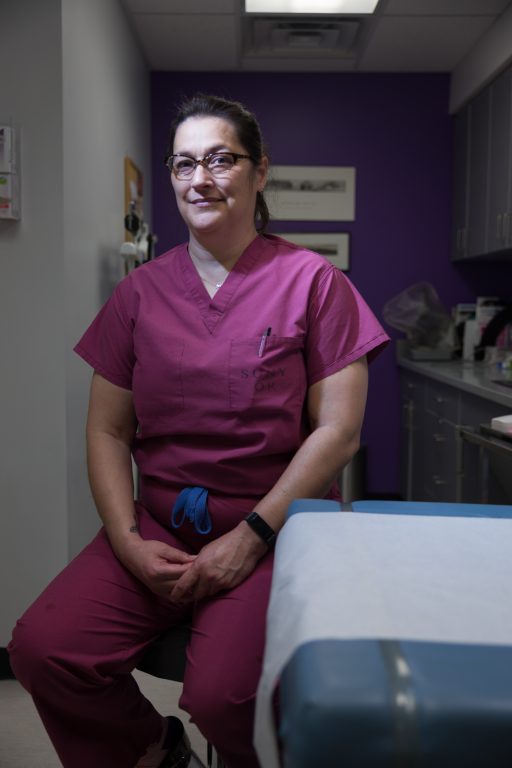
Dr. Renee Mestad, a board-certified Obstetrician-Gynecologist (OB/GYN), said that when she was in medical school from 1994 to 1998, women residents who went into private practices in family medicine, internal medicine, pediatrics, geriatrics and OB/GYN began receiving better offers and higher salaries with fewer years of training.
A push is underway to get more women into those programs and to assume those specialties. But even within those specialties, men might make more. In 2017, obstetrics and gynecology was the only surgical field where women outnumbered men at 57%, but male OB/GYNs still made more money. In another study, the American Journal of Obstetrics & Gynecology found women represented 70% of total obstetrics and gynecology faculty at medical schools. While base salary was similar, men made more money at those same schools.
Mestad said that within a specialty are sub-specialties that often mean higher pay. “A lot of the subspecialists, which are the folks who make more money, still continue to be men,” she said.
In 2022, The Journal of Surgical Education reported that the most common subspecialties for male OB/GYNs were Gynecologic Oncology and Maternal Fetal Medicine, the two highest paying specialty fields in OB/GYN medicine.
Mestad started as an associate professor and division chief in Upstate’s OB/GYN program. She left her position in September and now works at Planned Parenthood a few times every month.
“I burned out,” Mestad said of her decision.
Mestad is not the only one. A Washington Post-Kaiser Family Foundation poll from March 2021 showed that almost one third of healthcare workers thought about leaving their profession, more than 50% said they felt burned out.
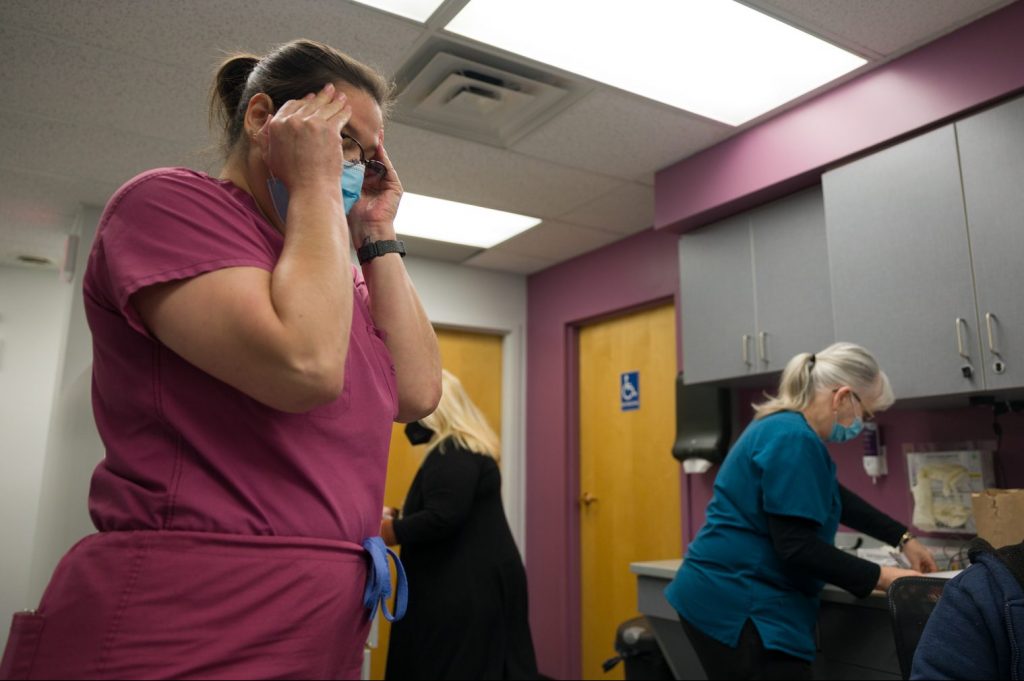
Mestad explained that both men and women are leaving the medical field, but she sees more women, especially women of color, leaving. “Particularly in academia and in any business – there is a lot of work that is unpaid and unrecognized,” Mestad said.
Mestad remembers a diversity, inclusion, and equity survey that led to the creation of six new initiatives, with the university forming six new committees to implement the changes and asking for volunteers. When Mestad viewed the list of committee members, she saw that three-quarters of the volunteers were women, she said. She then asked university officials if the work would be compensated or considered as part of applications for tenure or promotion. “No” on both accounts, she was told.
Her observation is backed up by a 2021 report from the Association of American Medical Colleges that found first-year residents from the women-led specialties of obstetrics and gynecology, internal Medicine, and pediatrics performed the most volunteer work within their universities.
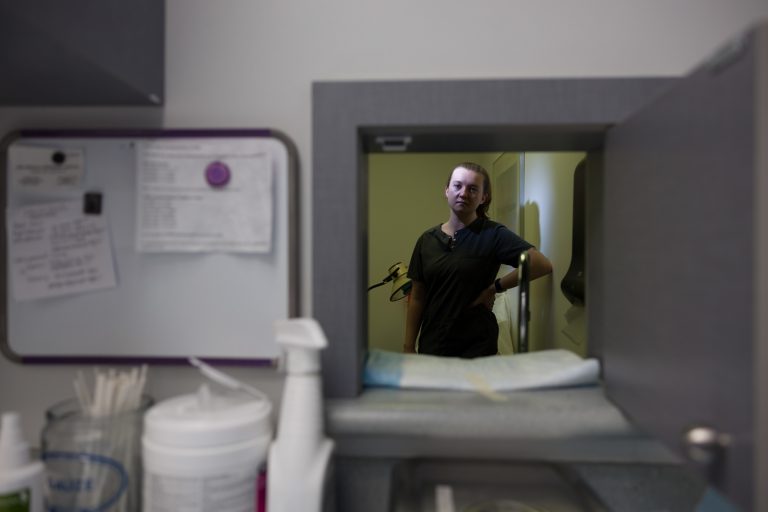
“The men will do the recognized work, which would then result in them being advanced, getting higher pay, somehow being seen as contributing because they generate more revenue or something like that,” Mestad said.
As of 2019, 40% of all medical school faculty were women. But they are still unequally represented in leadership positions; just 25% of full-time instructors were women, while holding only 18% of both dean and department chair positions.
While Title IX laws are often amended and revised to increase the ways people are protected from gender discrimination, many women are still retaliated against based on the very amendments that are put in place.
“Thinking about Title IX and so forth, people have this perception that you are where you are because you’re a minority or because you’re a woman, and you’re just filling some quota,” Dance-Barnes said. “You know it’s absolutely not true, because you know how hard you work. But sometimes you do get those feelings.”
Women are notably outnumbered in many fields of medicine but especially in surgery and in upper management. And it is in these male-dominated domains that sexual harassment is still most common, the medical college association reported, finding that sexual harassment is especially common during surgical residency training.
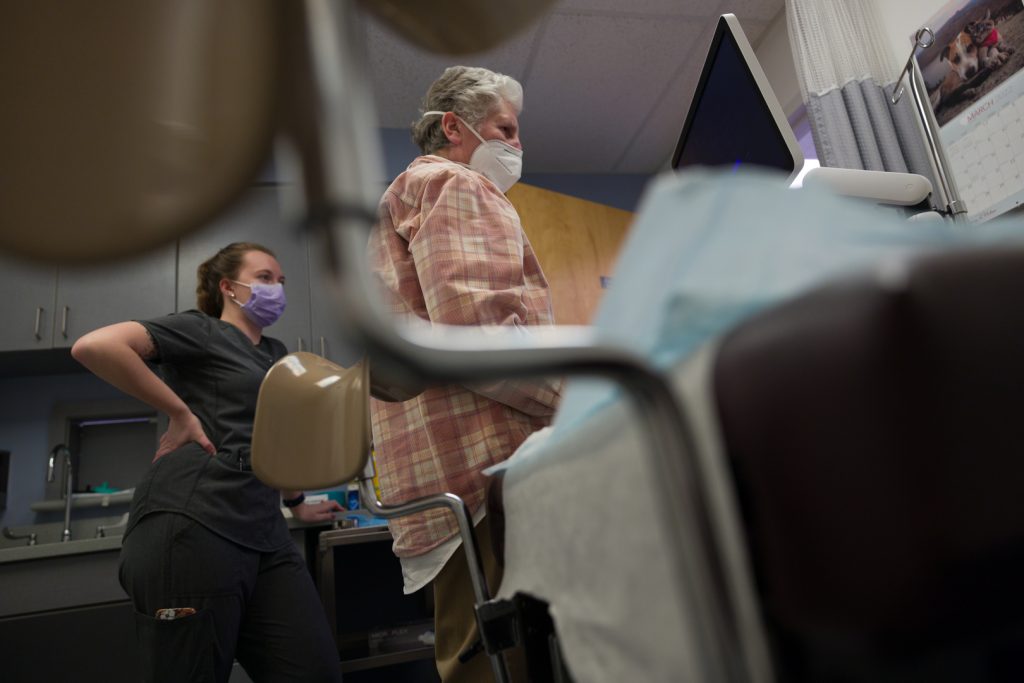
Until recently, Title IX laws only applied to educational institutions. Private hospitals with residency programs were not held at the same standard under Title IX. But in 2017, after a second-year resident at Mercy Catholic Medical Center reported her program director for sexually harassing and retaliating against her, the U.S. Third Circuit Court of Appeals altered the amendments to include private residency programs.
Despite the discriminatory practices that persist since Title IX, women in science and medicine are hopeful for the future.
“Over the years, I’ve seen just a lot of intentional effort,” Dance-Barnes said. “I think as long as we’re continuing to understand the seriousness and impact of women in the science and health field, we’re going to be in a good place in the future.”
Maria Krisch, a second-year medical student at Upstate, agrees, saying that her female mentors have helped her see a path forward in medicine.
“I’m extremely hopeful,” Krisch said. “I think the world is changing in a good way in terms of equality for women in medicine. I think and hope that my gender will never prevent me from achieving my goals.”
Krisch’s mentors have inspired her to keep breaking glass ceilings in the medical field.
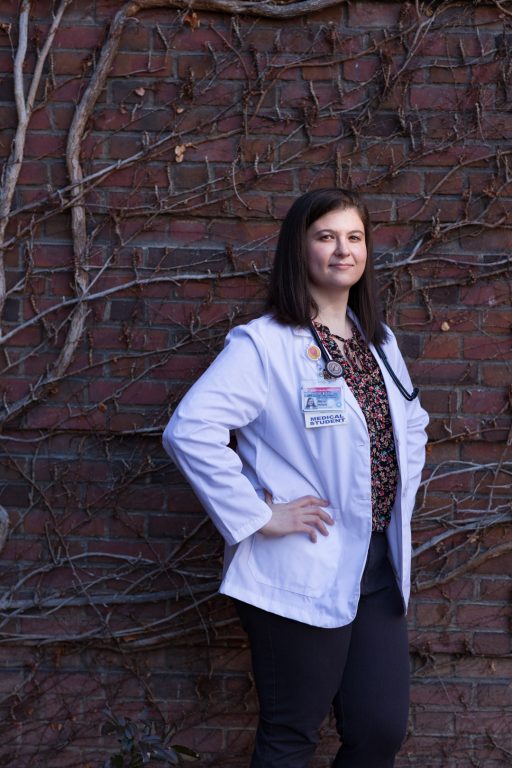
“I came to medical school very hesitant about going into surgery,” she said. “There was always this thing, ‘Oh it’s male-dominated, you can’t possibly balance being a surgeon and having a family,’” she said. “Which is totally not true. You see these women at Upstate who balance these careers, have kids, successful relationships, and have hobbies outside of medicine.”
Not only did the first female doctor graduate from Upstate, but Dr. Mary Edwards Walker, the first woman to become a surgeon, did too, in 1855.
Upstate’s student enrollment is 54% women, slightly higher than the national average. Krisch said Syracuse’s history of pioneering women doctors helps make it a place other women want to come.
Krisch is a member of the Association of Women Surgeons, an international educational and professional organization that serves to connect and support women surgeons in over 40 countries. The organization was founded in 1981 by an Upstate alum, Dr. Patricia Numann, who was also the first woman to serve as chair of the American Board of Surgery.
“It’s a ‘what can we do to help other women in a field where there isn’t as much female representation as there is male representation’ organization,” Krisch said. “It’s really cool to live in this setting and be surrounded by like-minded supportive people.”
With more women in the field than ever, Mestad believes women will soon become more present at the leadership level.
“As our fields become more dominated by women who are now old enough and experienced enough to hold those higher positions, you will start seeing us in higher positions of leadership,” Mestad said. “You are going to see a lot more leadership over the next 10 years.”
Dance-Barnes agrees.
“There’s been this mobilization of women,” she said, “who have recognized our value and the necessity of not shying away from who we are and what strength is brought to science and health by our presence.”
is a graduate student in the Magazine, News and Digital Journalism program and a contributor for The NewsHouse.
is a multimedia, photography and design graduate student and contributor for The NewsHouse.
About
This Project Our StaffExplore
Equal Shot Enforcing Equity No ExceptionsThe S.I. Newhouse School of
Public Communications
215 University Place
Syracuse, NY 13244

